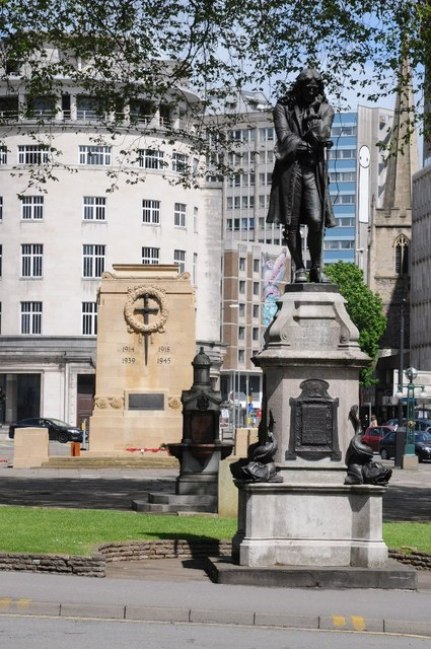The fallout from the clashes between far-right and anti-fascist protesters in Charlottesville, Virginia – in which one protester, Heather Heyer, was killed – have brought renewed attention to the row over the fate of numerous Confederate statues and memorials in the US. The Charlottesville protests were sparked by a decision to remove a statue of Robert E Lee, a Confederate general during the American Civil War, from a public park. More than 1,000 such Confederate memorials have been called into question, particularly after the killing of nine black churchgoers in Charleston, South Carolina by a white supremacist in 2015. Even the routine flying from public buildings of the Confederate flag, which has been described by opponents as a ‘racist symbol of hate’, has been called into question.
It’s not just America that is labouring with such debates. In the UK, the Rhodes Must Fall movement has called for the removal of a statue of Cecil Rhodes from Oxford’s Oriel College, of which he was a leading patron, because of his involvement in British imperialism. A Bristol concert venue, Colston Hall, is due to be renamed after complaints that the philanthropist it is named after, Edward Colston, made his fortune from slavery. King’s College London hit the headlines earlier this year after the dean of the Institute of Psychiatry, Psychology and Neuroscience announced that portraits of some of its founding fathers were to be removed and replaced with a ‘wall of diversity’.
The mayor of New Orleans, Mitch Landrieu argues that ‘we can remember these divisive chapters in our history in a museum or other facility where they can be put in context’. But criticism of this drive to remove controversial memorials has come from well beyond the far right. For example, Alfred L Brophy, a distinguished professor of law at the University of North Carolina, contends that ‘removing these monuments leads to forgetting’, and will ‘erase an unsavoury – but important – part of our nation’s history’. In the UK, Hull University’s John Oldfield, director of the Wilberforce Institute for the Study of Slavery and Emancipation warns: ‘The danger is we end up erasing the past rather than problematising it… An alternative strategy might be to use these names as a way of drawing attention to the complexities… to discuss the past, because that informs how we understand the present.’
How should we treat this modern bout of iconoclasm? Are those opposing the removal of statues unwitting apologists for white supremacism or are they defending historical reality, however unsavoury? Is renaming and removing memorials more about today’s activists fighting their own contemporary battles or a genuine attempt to set the historical record straight?
Statues must Fall! Erasing History or Righting Wrongs?
Speakers
Director, Centre for the Study of the Legacies of British Slave-ownership
Teacher, advisor and consultant
Chair: Claire Fox.
Director, Institute of Ideas; panelist, BBC Radio 4’s Moral Maze; author, I Find That Offensive
Battle of Ideas 2017 Festival – 28 & 29 October – The Barbican, London





Discussion
No comments yet.